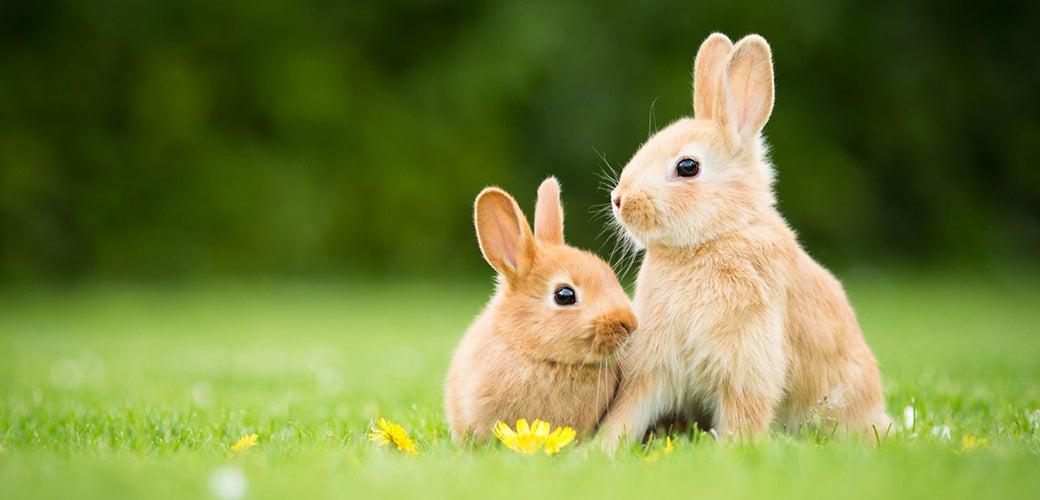How to Bond Rabbits and Why it’s Important

Rabbits are lovable, but complex, animals that thrive best when they have a companion. Here are steps on how to introduce two bunnies successfully.
Rabbits make lovely pets. They're cuddly and personable and have unique personalities that bring delight to their owners. Bunnies are also very social creatures and need the friendship of another rabbit to fulfil their needs. On their own, rabbits can get lonely, depressed, and anxious, so it's important to give a rabbit on its own a companion.
Since rabbits are territorial animals, any introductions must be done with a lot of care and consideration, so that each rabbit accepts the other one as it's lifelong companion. The process of encouraging good relations and polite behaviour between rabbits is called bonding. When rabbits are bonded, they usually bond for life.
Pre-bonding checklist
When you are ready to begin introducing the rabbits to each other, make sure that both rabbits are healthy, de-sexed and up-to-date with vaccinations. Of all the factors, de-sexing is the most important. This is because male and female rabbits that are kept entire are much more territorial and therefore more likely to hurt the other bunny. If left alone, rabbits can seriously injure each other in a very short space of time, so you should carefully observe them at all times at first.
To start bonding, let the rabbits get used to each other by sight and smell while they’re in separate areas. Nearby enclosures can allow sniffing through the safety wire, which lets bunnies get used to each other without being able to fight. Another way to encourage acceptance is by swapping the bunnies’ litter trays.
You will begin to notice a change in behaviour when the rabbits have adjusted. They will be relaxed and won't be running at the other bunny, or showing other aggressive behaviours. It is important to always notice the way the rabbits are responding to each other's body language.
Introduce in a neutral space
The next step is to put them together for short sessions in a neutral space. A neutral territory is one where neither rabbit has been before, so neither has claimed it as ‘theirs’. For best results, put lots of distractions into the neutral area, like hay piles, toys, tunnels and boxes.
If all goes well, you can return the bunnies to their separate areas and keep repeating the neutral area meetings each day. If the interaction begins to get tense, immediately separate the rabbits and try again the next day.
After several successful interactions, the rabbits will begin to display bonded behaviour such as grooming each other and lying together. When this happens without any tension for prolonged periods of time, they are bonded. This means they have decided that they accept the other bunny and you can leave them together unsupervised.
When the rabbits are bonded in this way, it is incredibly important that you don't separate them except in extreme circumstances. A separation between bonded rabbits causes psychological trauma and anxiety and they may un-bond if they are separated for some time.
Bunnies bond for life and having a companion greatly enhances their quality of life. It is very hard to find a cuter sight than two bunnies snuggling together in harmony.

